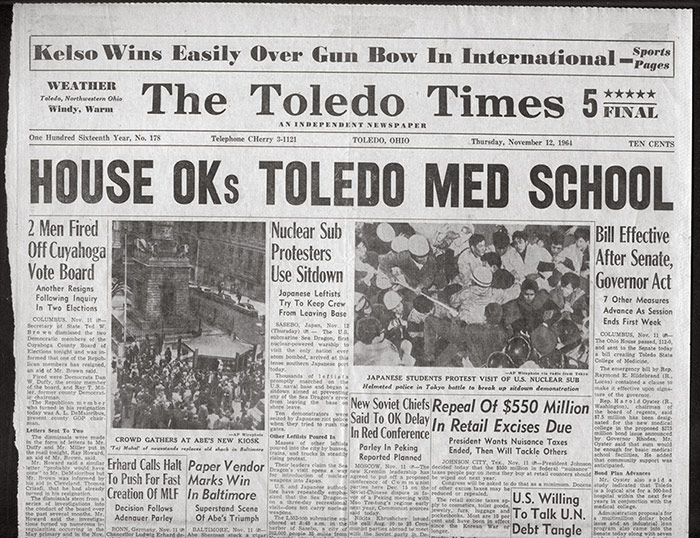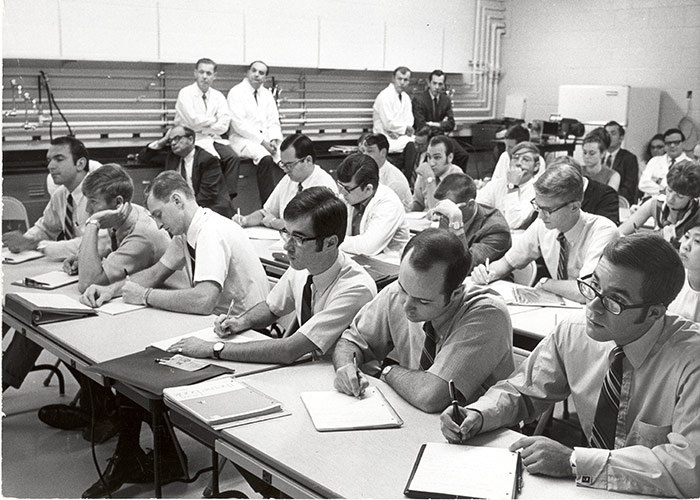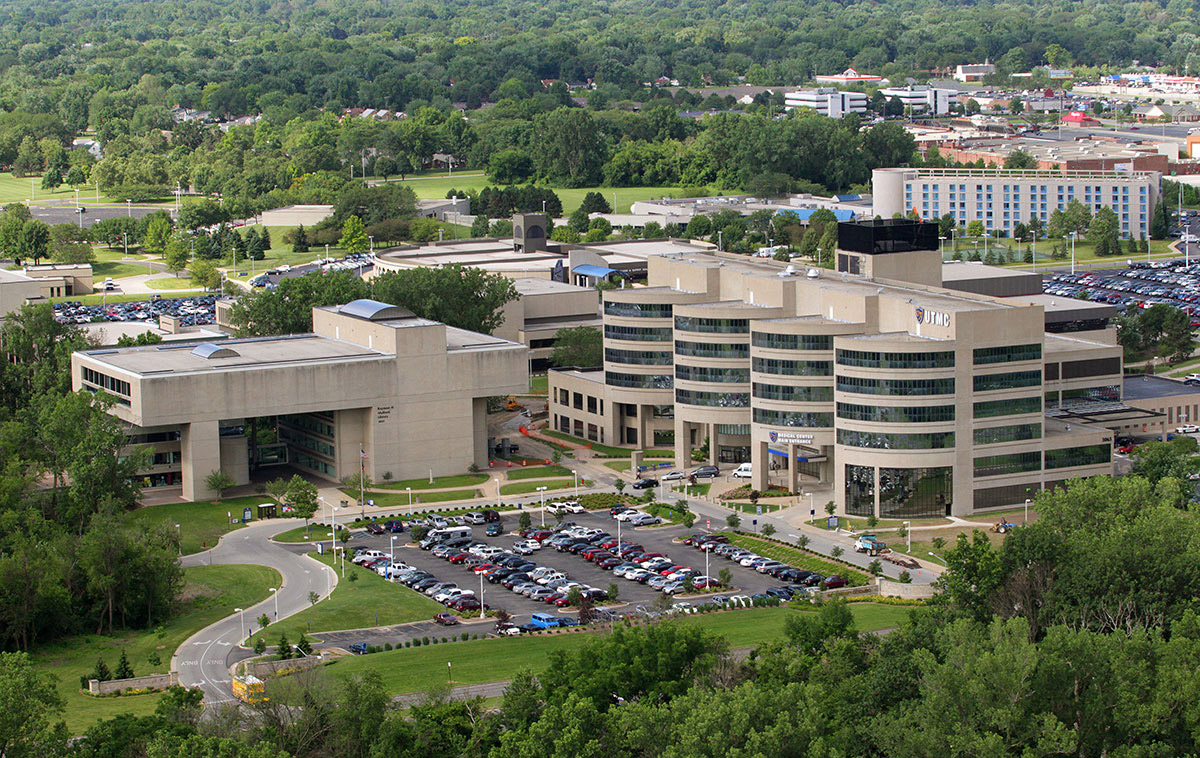History

The University of Toledo was established in 1872, becoming a member of the state university system in 1967. The University of Toledo and the Medical University of Ohio (founded in 1964 as the Medical College of Ohio with its first class of medical students beginning their studies in 1969) merged in July 2006 to form the third-largest public university operating budget in the state.
In the 1960s, a critical shortage of doctors developed in the United States, due to the limited number of medical schools that existed to train them. In response to this shortage, the Toledo State College of Medicine — later renamed Medical College of Ohio and, after that, Medical University of Ohio — was founded in 1964 as a freestanding, state-supported institution that eventually blossomed into an academic health sciences center.
One of fourteen state universities in Ohio, The University of Toledo provides a breadth of undergraduate, graduate, and professional programs matched by fewer than twenty universities across the nation and with the third-largest public university operating budget in the state.

The Health Science Campus, located three miles south of Main Campus, the campus of the former Medical University of Ohio, was constructed starting in the early 1970s under a master plan developed by the late Troy, Mich., architect Minori Yamasaki, architect of the World Trade Center in New York City and one of the best known architects of the twentieth century.
Located on campus, The University of Toledo Medical Center (UTMC) is home to both clinical operations as well as the University’s graduate-level health programs and medical research operations. The 246-bed hospital serves the southwestern area of Toledo and the extended region and receives patients from rural hospitals for more advanced specialty treatment. UTMC continues to serve as the region’s only transplant hospital, with nationally recognized faculty who specialize in kidney transplantation.

Timeline
1872
Jesup W. Scott, a Toledo real estate broker and newspaper publisher, donates 160 acres
of land near what was to be a railroad terminal as an endowment for a university to
train the city’s young people. Scott believed such an institution was necessary if
the city was ever to achieve his vision of Toledo as the “future Great City of the
World.”
1964
On November 11, the Ohio House of Representatives passes a bill, 112-0, creating Toledo
State College of Medicine. The Senate would vote next (33-0) on Dec. 17, with Governor
James Rhodes then signing the bill into law. The college would become a legal entity
with the governor's signature, on December 18.
1967
The Ohio Senate passes a bill changing the name of the Toledo State College of Medicine
to the Medical College of Ohio at Toledo. The bill also authorized cooperation between
the school and the University of Toledo and Bowling Green State University.
The University of Toledo becomes a member of the state university system.
1969
The Medical College of Ohio at Toledo admits its first small class, using the old
tuberculosis hospital which had been renovated for classrooms, laboratories, library
and administrative offices. Next door is the Maumee Valley Hospital, run down and
badly in need of major renewal or replacement. The 1969 class of 32 was chosen 400
applicants and includes three women and two black students. Early on, students were
given clinical experience in local doctors' offices, with an ear, nose and throat
practice being particularly helpful.
2006
The Medical University of Ohio merges with the University of Toledo.
2015
The UToledo Board of Trustees approves a proposed academic affiliation between the
College of Medicine and ProMedica.
2021
A total of 222 degrees are awarded at the 50th Commencement Exercises on May 21.
2024
The University of Toledo and ProMedica Health System sign a new Academic Affiliation
Agreement that will support medical education in the greater Toledo community for
the next decade.


